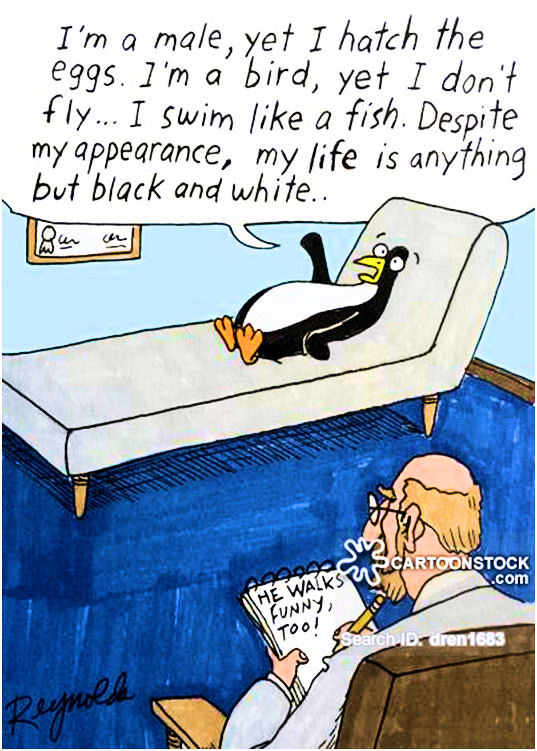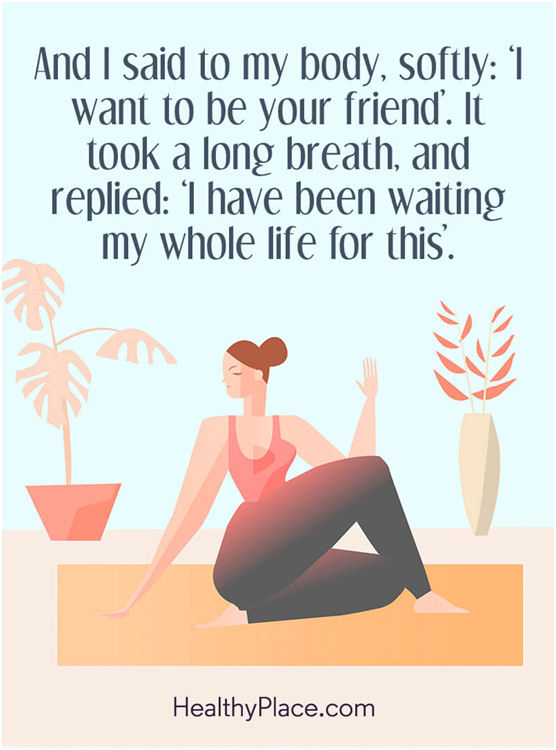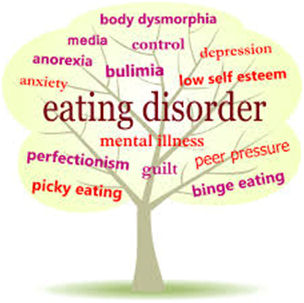…….and now for something completely different…….
We have developed an exploratory adventure of some of the interesting places you can visit in the city of Melbourne, and might not already have visited. It was originally written as an adventure for our daughter, but to our pleasure, has been passed on to friends. If the clues are too cryptic there’s an accompanying set of solutions, with pictures, that may encourage you to visit these places or just explore Melbourne further.
If you’re ready, let’s start…….
CLUES
1. Begin at the beginning and board the train. Make sure it’s headed for Melbourne and goes underground.
2. Get off the train where the government governs
3. Make sure you take the exit named after explorers who died in vain
4. Start down the street with the exit’s name. A short walk towards the heart of the city and you’ll find a Place starting with M (it sounds like a chain of Melbourne department stores but the spelling is not the same.) This laneways a forest for you to explore.
5. Keep walking to Ridgway Place (and Monaco House for unusual architecture). Look at the walled garden but you can’t go in. Only members of this town are welcome within.
6. Cross Collins St. and enter its own Place (cross the food court or grab some nourishment.)
7. Far left are the escalators that lead you upwards to the foyer of a grand hotel. Look behind the curtains then take a ride to the 35th There’s an enormous shiny scarf hanging down (cocktails and music are here from 5pm.) Then find a place where relief comes with looking down to the ground. (Hint: It’s the smallest room in the building. One for him and one for her.) A restaurant may also beckon.
8. Return to street level and walk down towards the city centre. You’ll find some exclusive retailers: Hermes, Hugo Boss, Tiffany & others are here. After all this is the Paris end of Collins St.
9.Stop at 101 and go through the doors. What a surprise lies inside; here are pillars that look like piles of body parts, golden walled pools, phases of the moon and a neo classical walk with columns, water, statues and a garden. Walk all the way through this building and exit to Flinders Lane.
Nearby BARS – ‘Berlin’ Bar is located in Corrs Lane between Exhibition, Lonsdale, Little Bourke and Russel Sts (opens 5pm). Here the bleak East and lavish West are forever separated – competing bars with one address (also not far away – Russell and Lonsdale) is ‘Stalactites’ for yum Greek food) Also in Lonsdale St, next to Stalactites is ‘Storyville’ for a magic experience with giant toadstools and fairy lights – opens 4pm) – In Croft Alley is the ‘Croft Institute’ devoted to science but serving drinks like a bar with a syringe for a straw?(opens 5pm – between Little Bourke, Bourke, Russel and Market Lane)
10. Cross Flinders Lane for ACDC Lane; explore then return to Flinders Lane
11. Walk down again until you find Russel St. and turn left. When you hit Flinders St. Here’s a theatre built specially to screen the premier of the film Cleopatra. If the doors are open it’s worth an explore, the interior as interesting as the exterior design.
12.Now here’s a choice!
- You may want to cross Flinders St. to the atrium outside the Ian Potter Museum of Modern Art as sometimes there’s dancing here. Chinese women with fans dressed in black and dancing in lines. Something to watch with a drink or a snack. Explore the Australian art inside the gallery if you’re inclined. In Flinders St., next door, images move and some of them are on film. Finally cross Flinders St. again and head back up towards Russel St. then into Flinders Lane
- Or just continue down Flinders St
13. On the right there’s Hosier Lane etc where graffiti becomes art. Watch out for all the tourists taking photos.
14. Returning to Flinders Lane and heading down again. Look up to the sky, on your left, when nearing Swanston St. Look! There’s water above and maybe a swimmer. Enter this building and you can have coffee on a swing.
15. Cross Swanston St and enter a building with a name shared with the last Russian Tzar and the jolly man bringing Christmas presents. (It’s an old building filled with artists and entrepreneurs.) Take the lift to the second floor, there’s a shop that predicts futures with religion and bones.
16. Walk along Swanston St. to the corner of Collins and enter an arcade that shares its nae with a British football club and a place famous for linen and other fabric household goods. Follow the arcade (past the smallest coffee shop in Melbourne.) Note the architectural detail and photos of the buildings past.
17.Go left down Howey Place then right and right again (more coffee options here). Pres.. on to a …grave Place where all the art is framed and hung outside on walls and overhead. If it’s after 5pm the smallest cocktail bar in Melbourne opens on the last corner.
18.Oops you’re in a dead end, so turn around and head back to Howey Place and right to Little Collins. A short left and right again into Union Lane for more wall art.
19. Walk through into Melbourne’s main Street Mall (where the only vehicles are trams), turn left and left again to walk under the Royal archway. Walk through to go under the giants who guard the big clock.
20. Walk forward across Little Collins St. and into the covered lane that is Block Place. Here are more places to eat. Around the next corner is another arcade where you can sit on mosaics and enjoy pasta and latte or a short walk the other way for the best handmade chocolates in Melbourne.
Nearby BARS – Or turn right on Little Collins and there’s an outdoor bar that’s a laugh, but it opens at 3pm and could be too cool (as in winter) Chuckle Park Bar – Back left up Little Collins is ‘Pole Pole’ an African inspired bar (opens 5pm)
21.Walk through to Collins St. then stop at 260 ‘Collins Lane’, take the escalators to the top and explore. There’s green glass in the air, a balcony overlooking Little Collins, boats just made for Japanese food and other places to sit or eat.
22.Back to Collins St. then across the road there’s Centreway arcade. Interesting T shirts, games and recycled clothes, then plenty of food as you head down Degraves St.
23.Alternatively walk down to 121 Elizabeth St and look for the half man half bull predator of Greek Mythology. Downstairs you can hunt through his labyrinth of comic books, fantasy and science fiction figures.
24.Back to Collins St. and continue towards Queen St. Stop at 333. Through the doors you’ll find a domed room containing itself in miniature. There’s an internal and an external walkway through to Flinders Lane, both worth a look. (public toilets if you need them too.)
25.Keep on to Flinders St. and turn right for a 5-10 min walk to a museum devoted to those who came from overseas to live in Australia. (Mid 2019 inside is a celebration of art on the skin – entrance fee $15)
Nearby BARS – 6 min further down Flinders turn into King St and find a ‘State of Grace’ This a bar with a difference. Through the library the restaurant hides a secret cellar bar as well as a rooftop (opens noon)
This is the end of your guided adventure from the top of Melbourne into its heart. Hope you enjoyed this small slice of our city. But remember there’s all those bars to explore, if its late enough and you’re ready for a drink, and plenty of other places to eat.
Enjoy!
Alison
Solutions, addresses and a list of Bars in accompanying sections below:
SOLUTIONS
- Melbourne Metro train line
- Parliament Station
- Bourke St – Explorers Bourke and Wills, died hours away from rescue
- Meyers Place
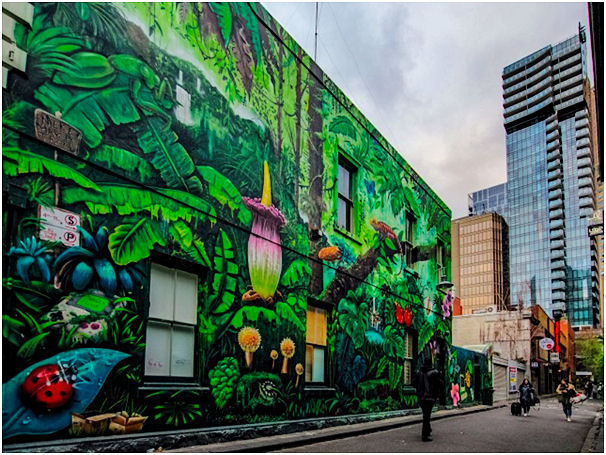
- The Melbourne Club, 30 Collins St. entrance
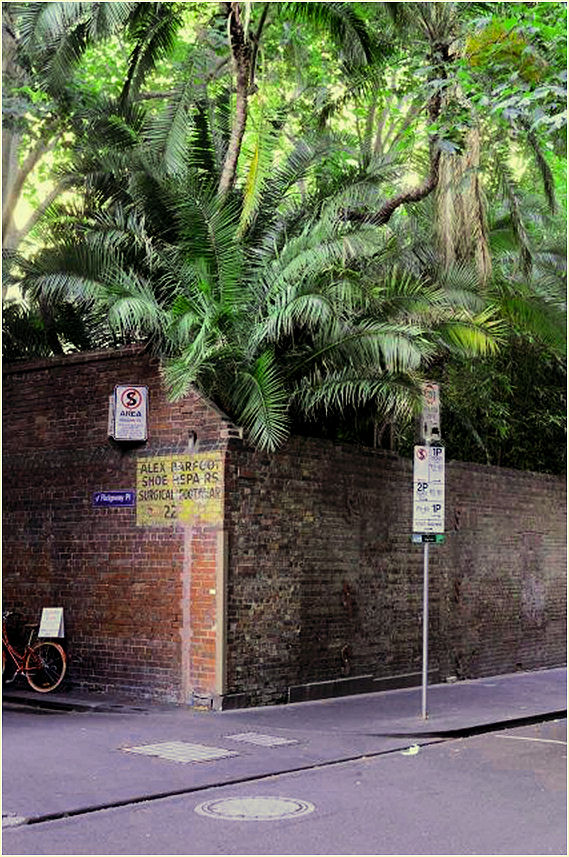
- Collins Place, 25 Collins St.
- The Sofitel Hotel Public Toilets full length windows
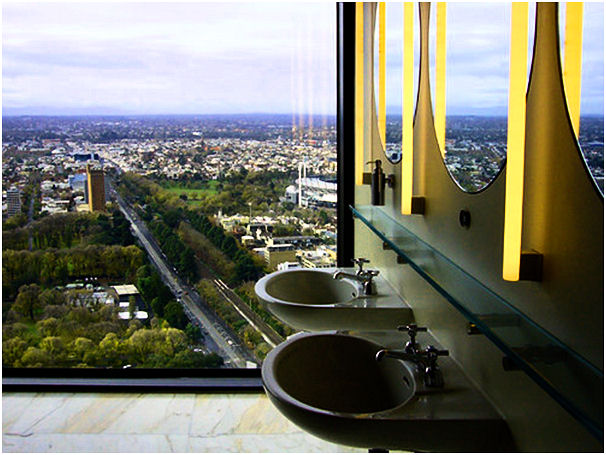
- ACDC Lane (celebrates the Australian Band) Graffiti

- The Forum Theatre, 154 Flinders St: Interior

- Ian Potter Museum of Modern Art Atrium, Federation Square & ACMI Australian Centre for the Moving Image(ACMI is closed for redevelopment until mid 2020)
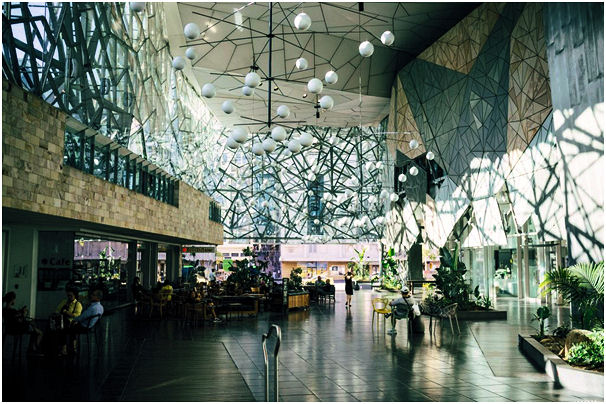
- The Adelphi Hotel pool overhangs Flinders Lane and is glass underneath. Café Om num is behind the reception desk
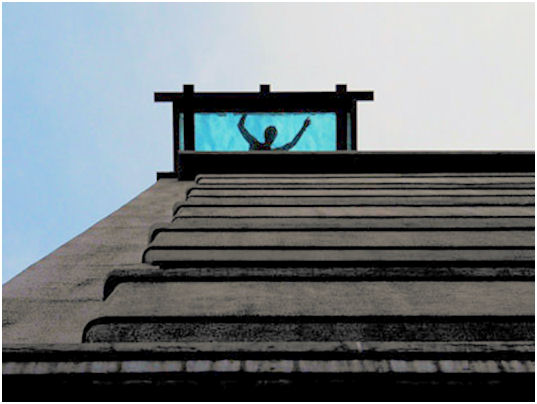
- The Nicholas Building, Corner Flinders Lane and Swanston St.
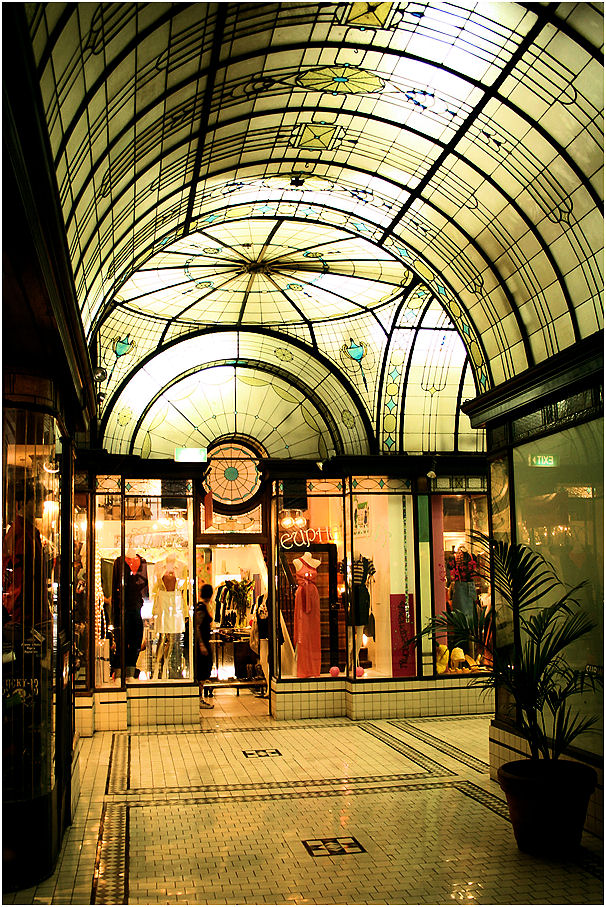
- Manchester Unity Building
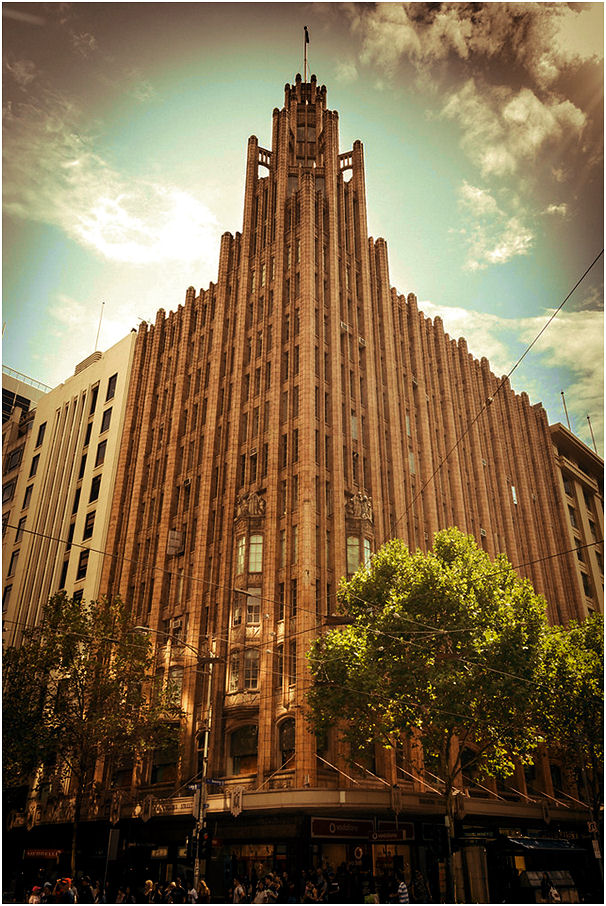
- Presgrave Place
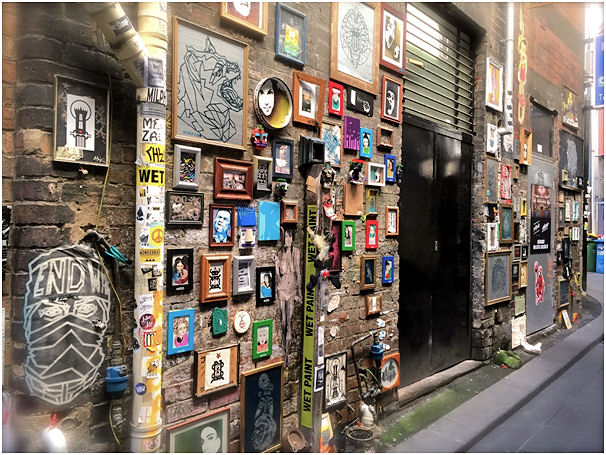
- The Royal Arcade, 335 Bourke St Mall; look out for giants Gog and Magog
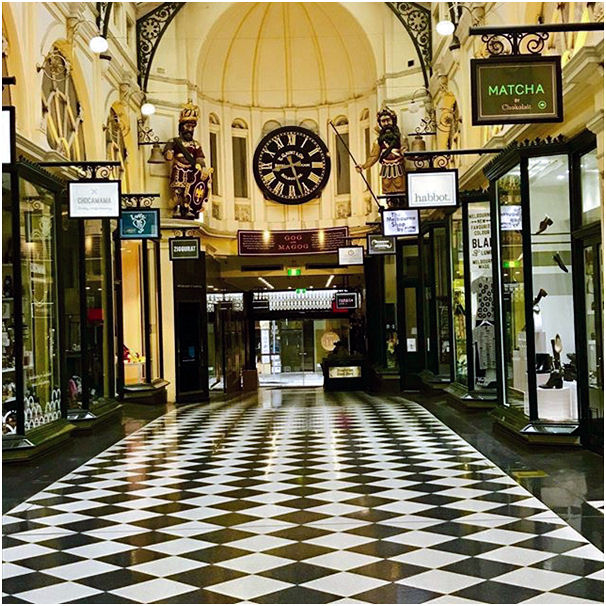
- Block Arcade with cafe Duomo (not shown) and Haighs chocolate
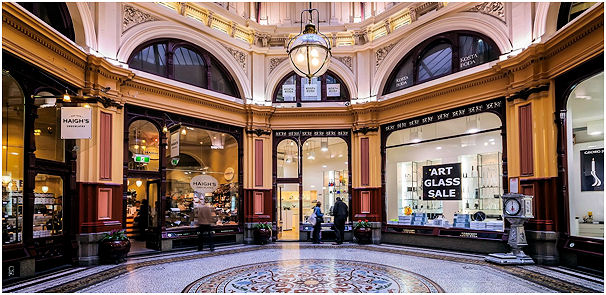
- Degraves St. cafes
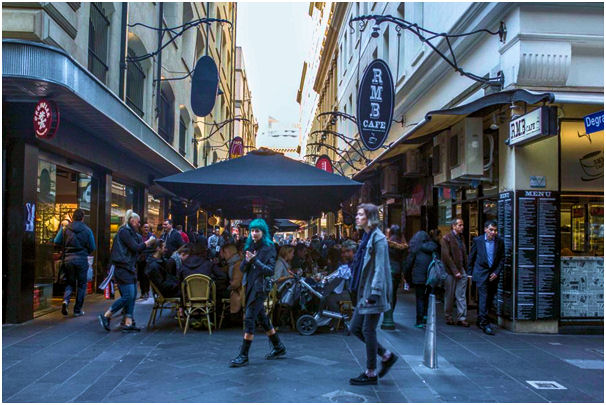
- Minotaur shop has science fiction / fantasy books/ dvds, figurines, comic books etc.
- Immigration Museum, 400 Flinders St – current exhibition of Tattooing & body art around the world
BARS A-Z
Below is list of some of the bars nearby on your journey:
Atrium Cocktail Bar – Level 35, Sofitel Hotel, Collins Place, 25 Collins St
Bar Americano – 20 Presgrave Place, opens 5pm
Berlin – 2/16 Corrs Lane, opens 5pm East & West Bars
Chuckle Park Bar – 322 Little Collins St.
Croft Institute – 21 Croft Alley, opens 5pm
Loop Roof – 23 Meyers Place rooftop Bar – opens noon except Mon – Wed 3pm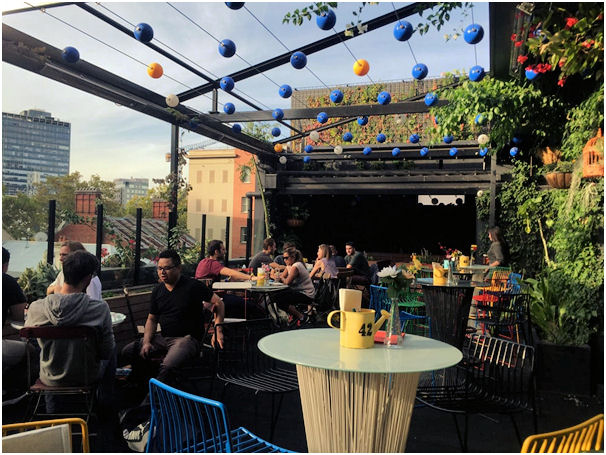
Polepole – 267 Little Collins St. Restaurant & Bar opens, 5pm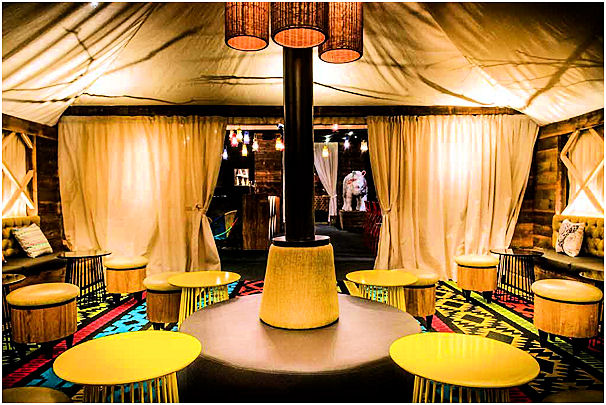
State of Grace – Hidden entrance, 27 King St. opens noon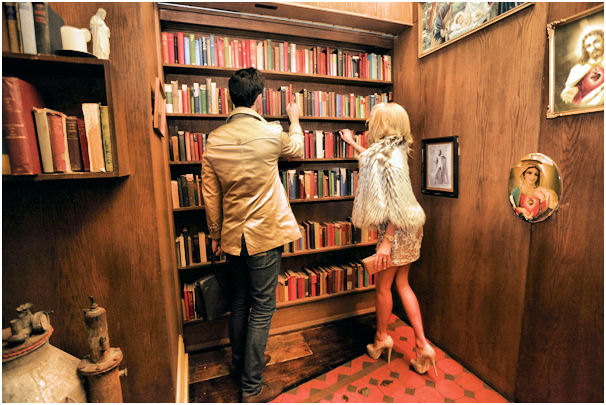
Storyville – 185 Lonsdale St., 2/16opens 4pm






















 Above: Time Magazine cover of June 2018
Above: Time Magazine cover of June 2018  Above: Flag available as a ‘Keep America Great’ promotion in 2020
Above: Flag available as a ‘Keep America Great’ promotion in 2020 Above: Quotes and Tweets attributed to the American President in August 2019
Above: Quotes and Tweets attributed to the American President in August 2019

